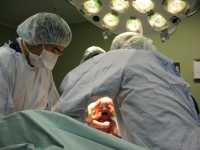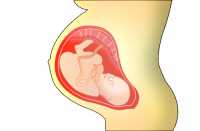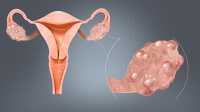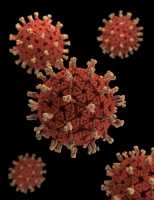Author Interviews, Cannabis, JAMA, Mental Health Research, OBGYNE / 28.03.2019
Marijuana Use During Pregnancy May Increase Risk of Psychosis in Offspring
MedicalResearch.com Interview with:
Jeremy Fine
B.A. in Philosophy, Neuroscience, and Psychology
Washington University in St. Louis, Class of 201
MedicalResearch.com: What is the background for this study? What are the main findings?
Response: Alongside increasingly permissive marijuana use attitudes and laws, the prevalence of marijuana use among pregnant mothers has increased substantially (by 75% between 2002 and 2016), with some evidence that pregnant women may be using cannabis to combat pregnancy-related nausea.
Our data came from the Adolescent Brain Cognitive Development (ABCD) Study, which included over 4,000 subjects with data on maternal marijuana use during pregnancy.
Our main finding was that the children of mothers who used marijuana after learning they were pregnant had a small but significant increase in risk for psychosis in their future.
(more…)























 Josephine Funck Bilsteen, MSc
Department of Pediatrics, Hvidovre University Hospital, Hvidovre,
Section of Epidemiology, Department of Public Health
University of Copenhagen
Copenhagen, Denmark
MedicalResearch.com: What is the background for this study? What are the main findings?
Response: The background of this study is that there is increasing recognition of the longer-term health and social outcomes associated with preterm birth such as independent living, quality of life, self-perception and socioeconomic achievements. However, much less is known about differences in education and income among adults born at different gestational weeks in the term period.
In this study shorter gestational duration, even within the term range, was associated with lower chances of having a high personal income and having completed a secondary or tertiary education at age 28 years. This is the first study to show that adults born at 37 and 38 completed weeks of gestation had slightly lower chances of having a high income and educational level than adults born at 40 completed weeks of gestation.
Josephine Funck Bilsteen, MSc
Department of Pediatrics, Hvidovre University Hospital, Hvidovre,
Section of Epidemiology, Department of Public Health
University of Copenhagen
Copenhagen, Denmark
MedicalResearch.com: What is the background for this study? What are the main findings?
Response: The background of this study is that there is increasing recognition of the longer-term health and social outcomes associated with preterm birth such as independent living, quality of life, self-perception and socioeconomic achievements. However, much less is known about differences in education and income among adults born at different gestational weeks in the term period.
In this study shorter gestational duration, even within the term range, was associated with lower chances of having a high personal income and having completed a secondary or tertiary education at age 28 years. This is the first study to show that adults born at 37 and 38 completed weeks of gestation had slightly lower chances of having a high income and educational level than adults born at 40 completed weeks of gestation. 






